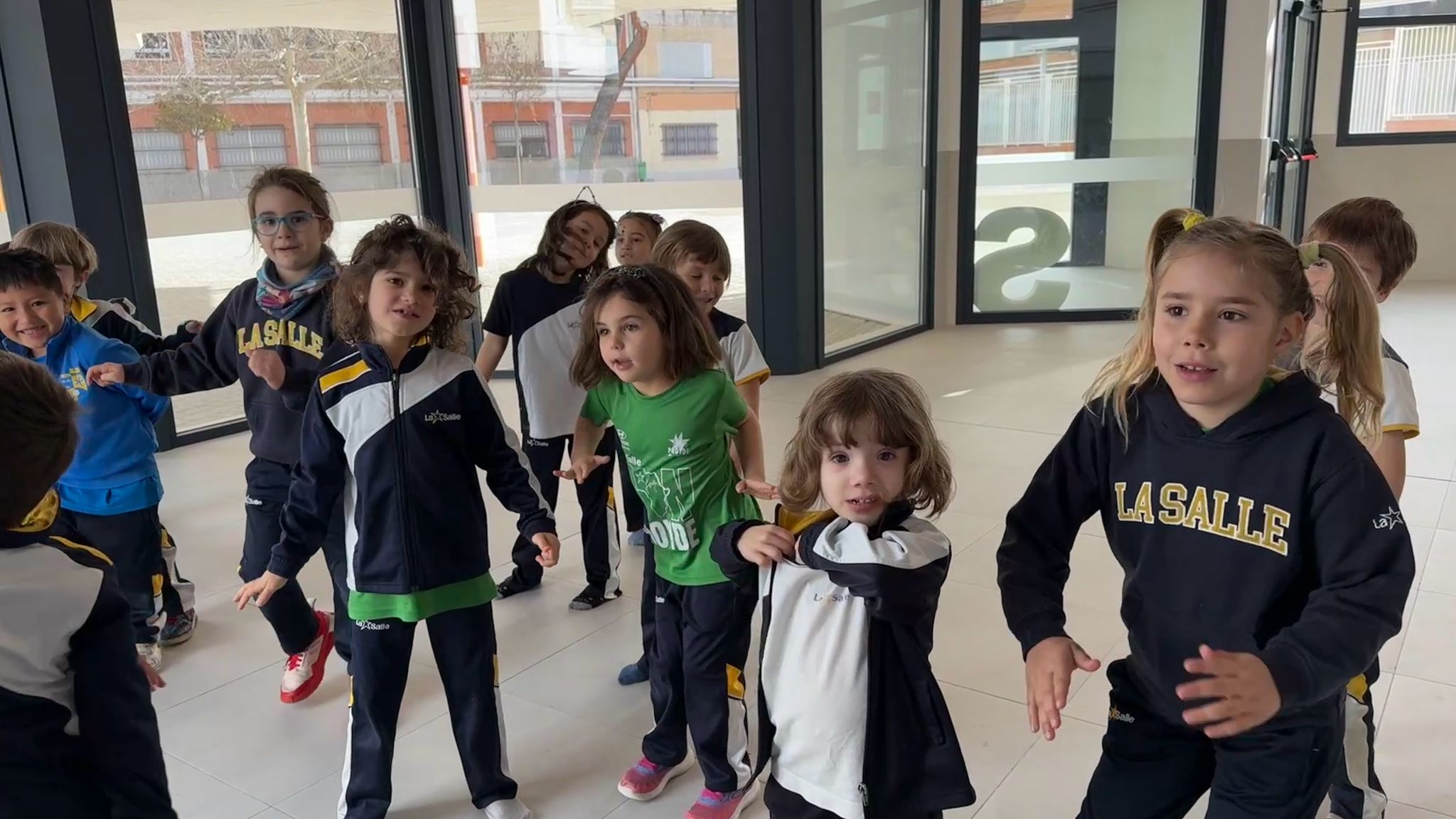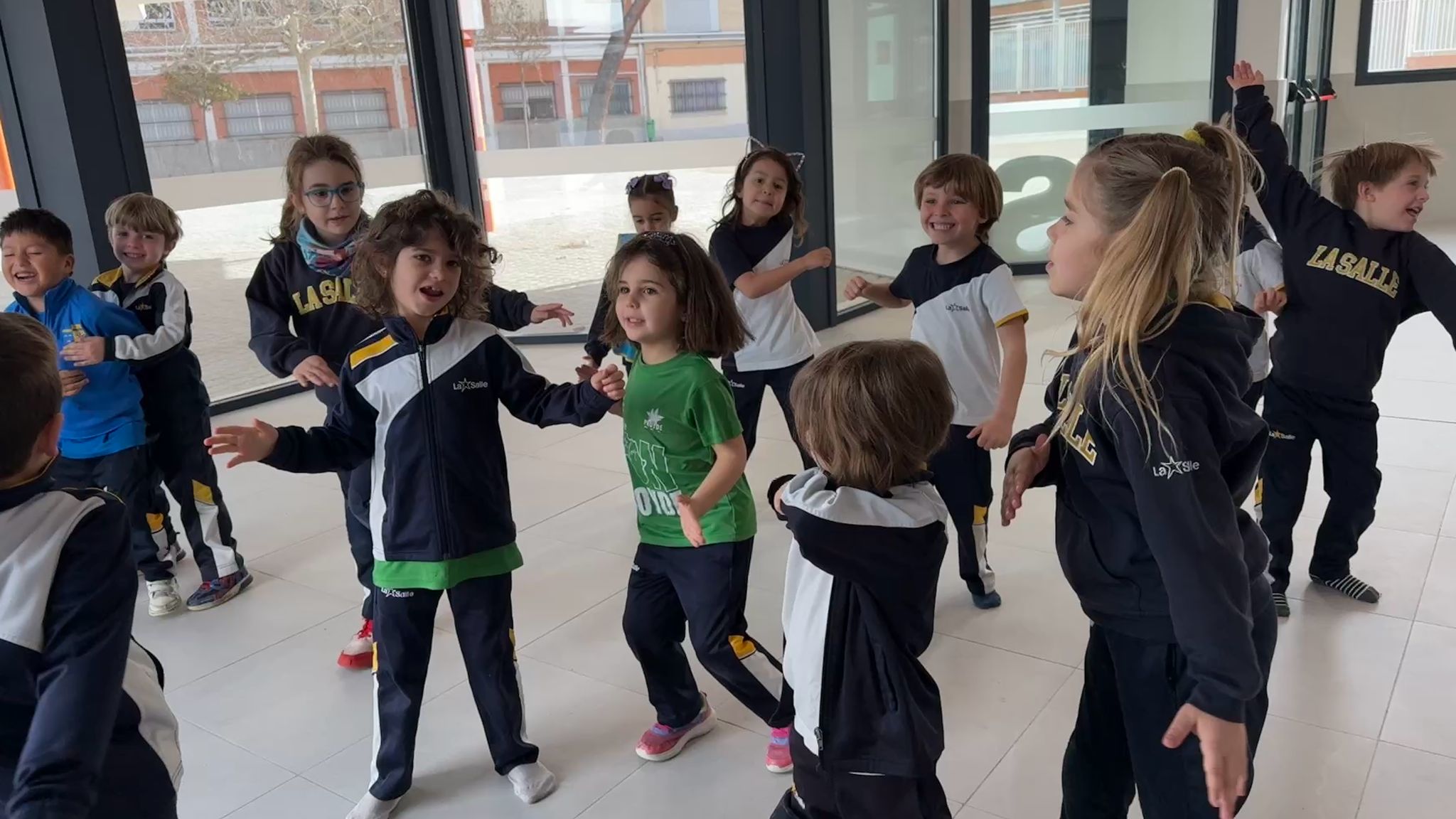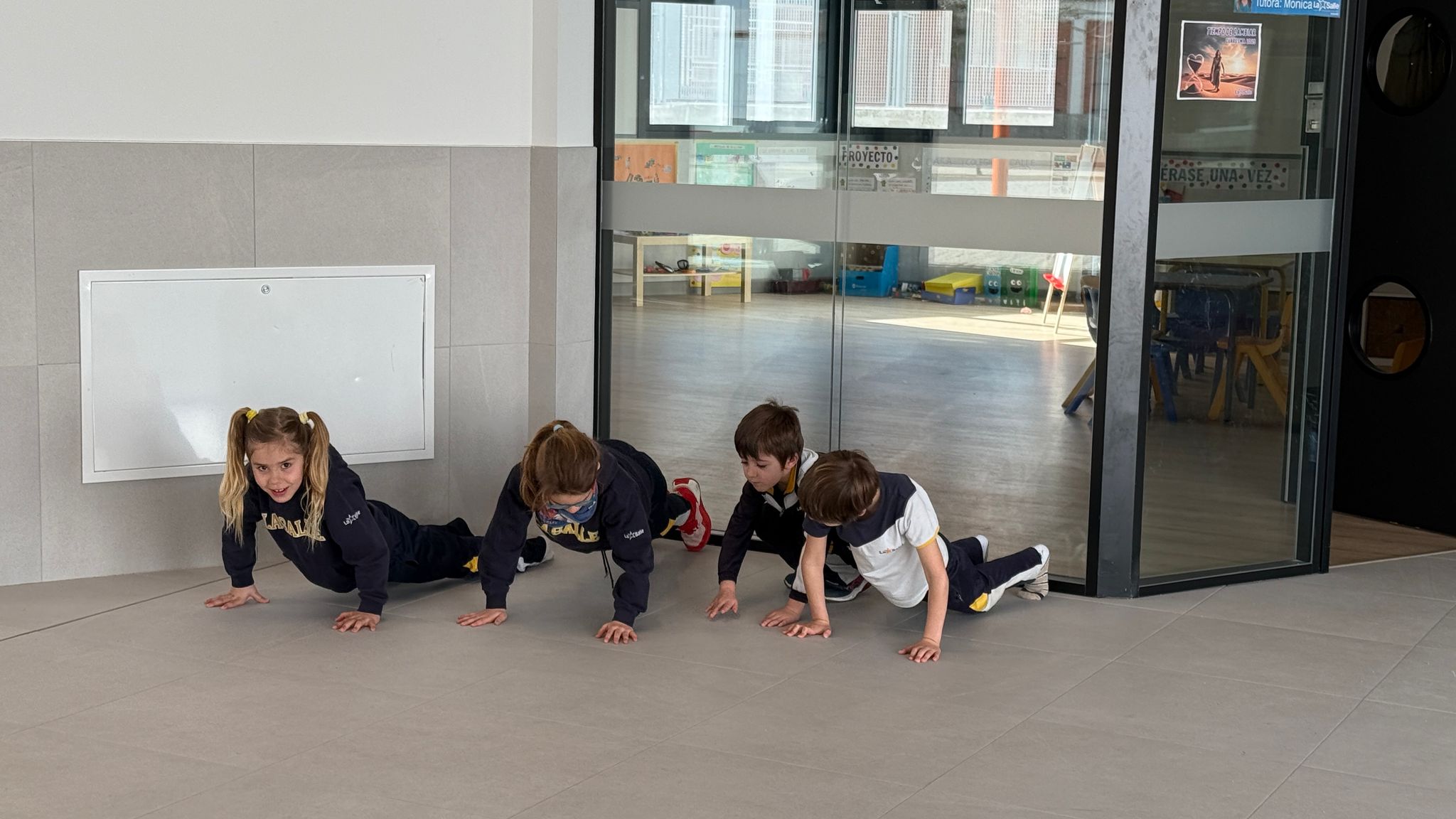At our school, we believe that learning a new language is a fun and exciting adventure, especially for young learners. In our early years classrooms, acquiring a second language, such as English, is not just about listening and speaking; it’s about moving and engaging the body as a powerful tool for understanding and remembering new concepts. Through physical activity, we integrate language learning into our everyday lessons, creating an environment that is interactive, enjoyable, and unforgettable.
Our young students are naturally active and learn best when they can explore their surroundings. Research shows that physical movement stimulates both the brain and body, boosting cognitive skills and enhancing the overall learning experience. That’s why we make sure that every vocabulary lesson is paired with action, helping our students form stronger connections between words and physical movements, making it easier for them to remember and apply what they learn.
For example, when our students learn the word “jump,” they don’t just listen to the word—they jump! By acting out the word, they grasp its meaning much more easily, and this helps reinforce the connection in their minds. Whether it’s hopping, running, or twirling, we use movement to support language development, engaging their senses and motor skills, and creating lasting memories.
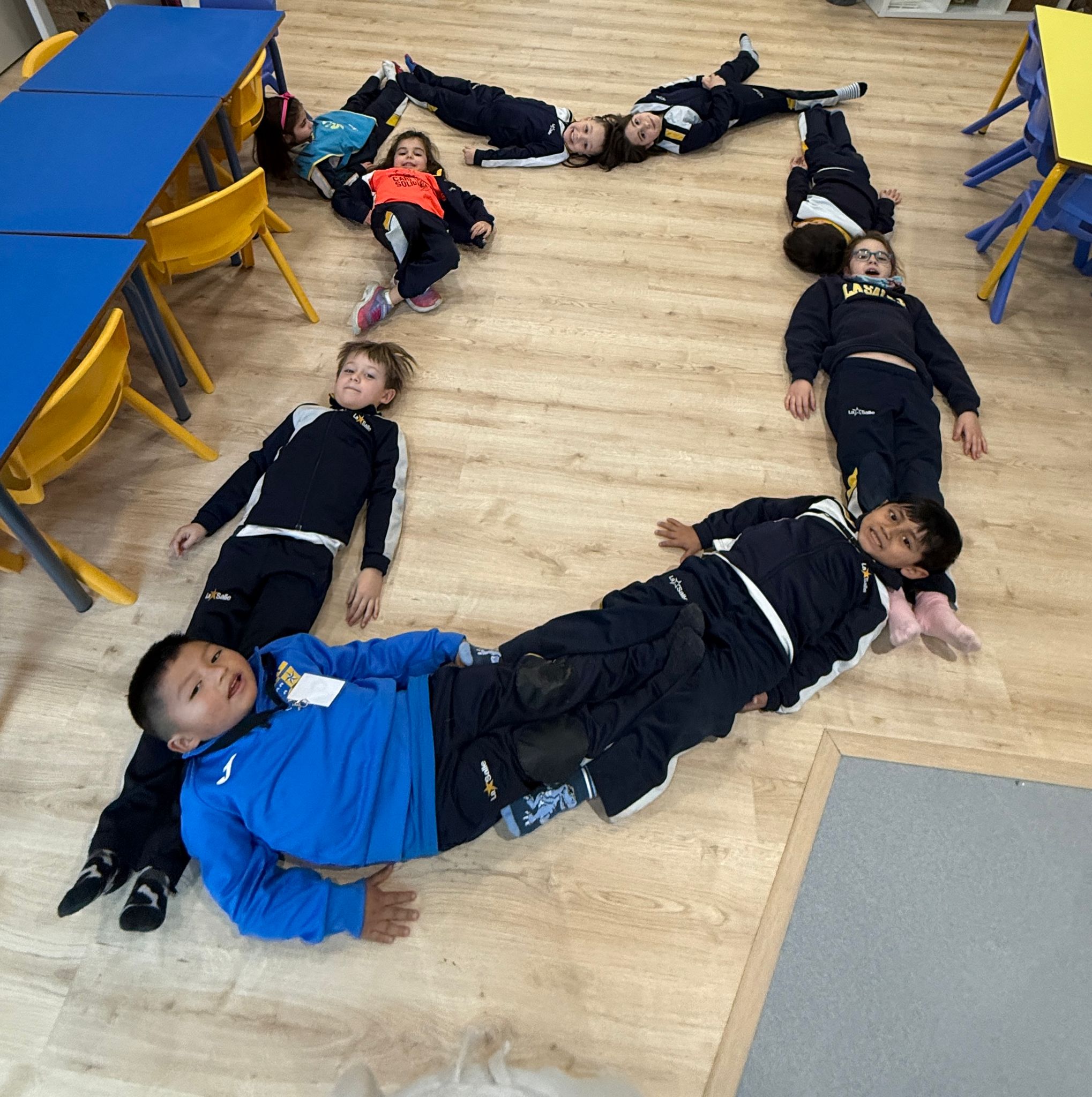
Our movement-based activities are always a hit with the children. They are naturally curious and eager to explore the world around them, so combining language learning with movement keeps them excited and motivated. It transforms their learning environment from a traditional classroom into a dynamic, interactive space where every lesson feels like a game.
In addition to learning action words and objects, our students also explore shapes through movement. We believe that shapes are foundational to early childhood education, and we teach them by linking each shape to specific actions. This approach not only reinforces shape vocabulary but also gives children the chance to experience shapes through their own movements, making the learning process even more engaging.
At our school, using movement to learn English vocabulary is not only effective but incredibly fun for our students. By blending physical activity with language learning, we create a multisensory environment that supports their cognitive, emotional, and social development. Through movement, our students internalize new vocabulary in an active and meaningful way. Whether they are following action commands, creating stories, learning shapes, or singing songs, our students enjoy every moment of their language-learning journey.
